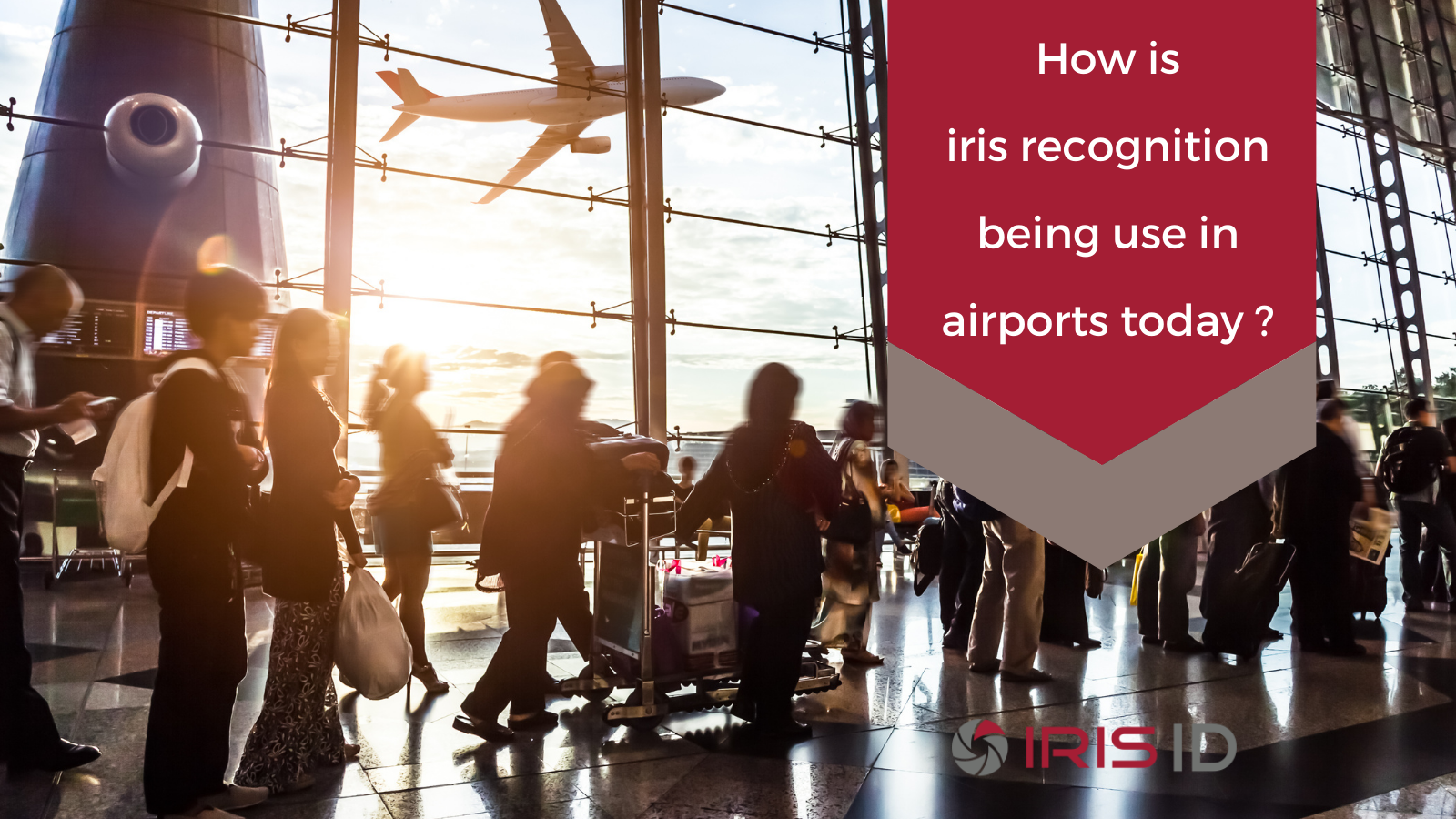Part 3
by Mohammed Murad
Biometrics technologies provide various choices, typically divided into behavioral or physiological categories. Behavioral biometrics might measure how a person walks, talks, signs a signature or types on a keyboard. More commonly used physiological measurements include scans of a person’s fingerprints, facial structure and iris, the colored ring around the pupil.
Plans for a common standard to identify and move people quickly through an airport center on physical biometric technologies. Each of the three leading types has advantages. But only iris recognition systems have proven to provide the fastest and most accurate identity authentication results.
The iris has 240 recognition points – far more than fingerprint and facial technologies. Every person’s iris is unique, leading to fewer false positives involving identical twins, other family members or members of the same ethnic background. And since the iris remains unchanged during a person’s lifetime, children can be enrolled to use an airport identity authentication system at a very young age.
Also, iris recognition technology is unaffected by passengers wearing personal protective equipment such as gloves, masks, goggles and face shields.
Here is a look at how several international airports currently use iris biometrics.
Hamad International Airport, Doha Qatar, uses iris biometrics at all immigration and speed gates to identify travelers from more than 15 million people enrolled in the system. Immigration officers process a passenger in under 10 seconds – speed gates process travelers in half of that time. Qatar also uses iris biometrics at two seaports and at land border crossings.
Amsterdam Schiphol Airport, Europe’s third busiest airport by passenger volume, operates its Privium program enabling Dutch citizens to move through immigration and customs lines using iris scans. At enrollment, their digital iris templates are stored on a high-security card. Program members insert their cards into a reader and simultaneously scan their irises to pass through a security gate. The gate opens if there is a match. Travelers from other countries can also become a member to clear immigration and customs in 15 seconds or less using the Privium program.
CLEAR, a New York-based private company, employs iris authentication software embedded in kiosks to identify enrolled travelers in more than 30 major U.S. airports. Passengers using the kiosks move through security in a fraction of time compared to those using regular security lanes. For the past 12 years, the CLEAR service, also available at select stadiums and entertainment venues, has verified more than 33 million authentications.
Proven solutions exist to eliminate the long, time-consuming lines currently associated with air travel. Iris-based biometric systems move people quickly and accurately through airports from curb to gate. What’s delaying full implementation are global agreements on standards
In our next blog, we’ll look at why Iris ID offers the best biometric solution,

